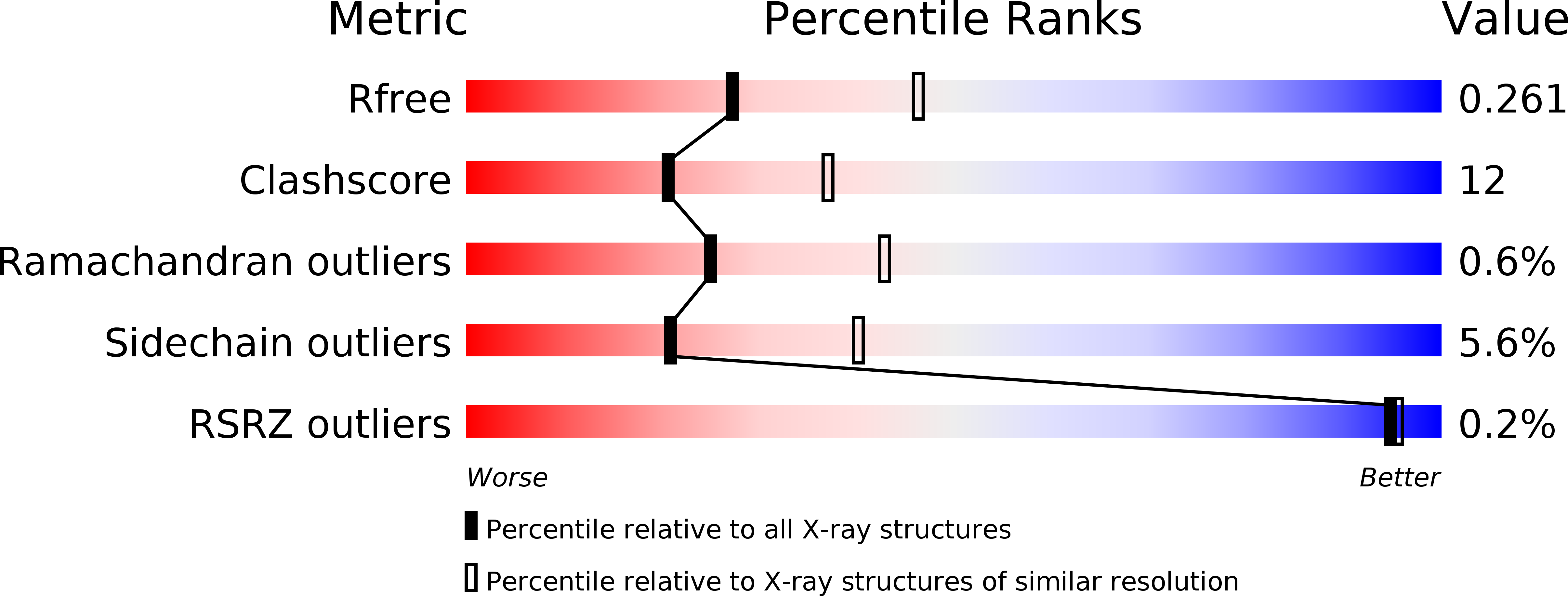
Deposition Date
2012-07-24
Release Date
2013-01-09
Last Version Date
2023-12-20
Entry Detail
PDB ID:
4B3L
Keywords:
Title:
Family 1 6-phospho-beta-D glycosidase from Streptococcus pyogenes
Biological Source:
Source Organism:
STREPTOCOCCUS PYOGENES (Taxon ID: 1314)
Host Organism:
Method Details:
Experimental Method:
Resolution:
2.51 Å
R-Value Free:
0.26
R-Value Work:
0.20
R-Value Observed:
0.20
Space Group:
P 1 21 1


